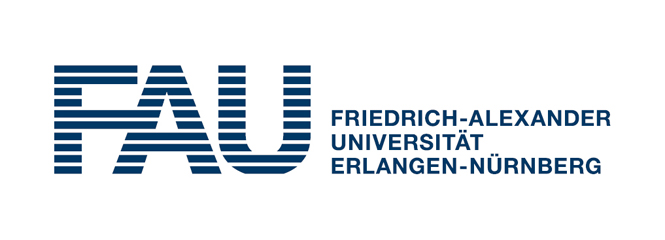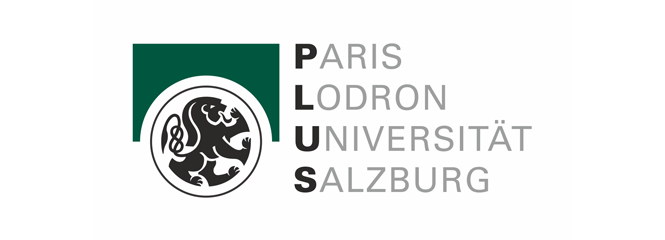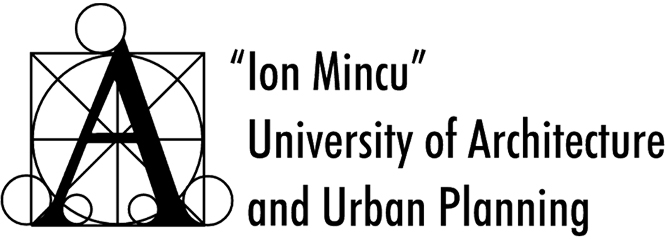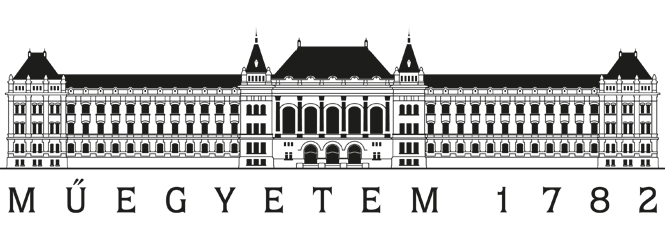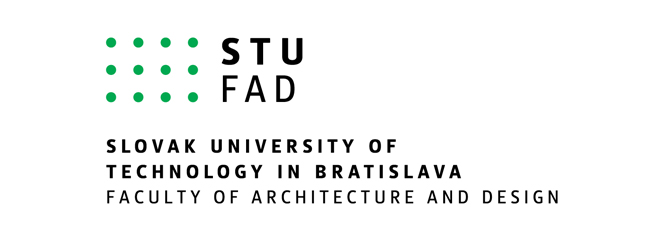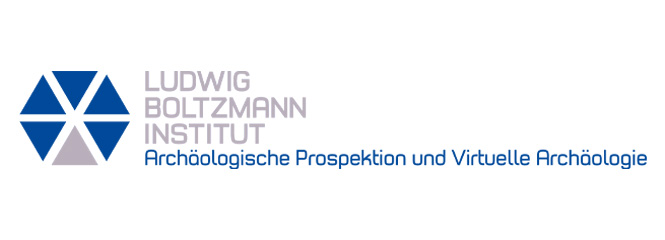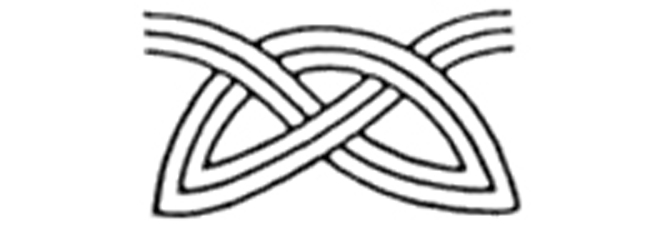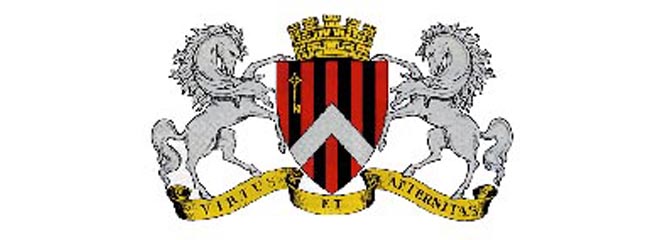The project consortium consists of 18 European organisations from 10 countries in the Danube region.
PROJECT COORDINATOR
Center for Cultural Property Protection – University for Continuing Education Krems (UWK), Austria
The University of Continuing Education Krems is a public university for continuing education with a research focus on current and future societal challenges. With its Center for Cultural Property Protection, it has outstanding expertise in the fields of UNESCO World Heritage, management plans for cultural heritage sites and various aspects of cultural heritage resilience. It also has extensive experience in mediating between stakeholders, decision-makers and different interest groups. In addition to research skills and well-developed professional networks, the UWK has extensive skills in organising and running short courses, workshops, summer schools, etc. and in working with experienced experts.
Project Partners
Friedrich-Alexander-Universität Erlangen-Nürnberg (FAU), Germany
FAU is a research-intensive comprehensive university that combines scientific disciplines for innovative research and teaching. It has experience in the construction of ancient ships from previous projects, including the most authentic reconstruction of all the early imperial patrol boats ever built ('FAN'), which was created in collaboration with neighbouring museums and through the processing of data from ancient finds and their conversion into modern construction plans by the Institutes of Chemistry, 3D Graphics and Fluid Mechanics.
Paris-Lodron-Universität Salzburg (PLUS), Austria
PLUS is the largest educational institution in Salzburg with around 87 studies in digital and analytical, natural and life sciences, social sciences, cultural studies, theology as well as law and economics. With its department of Classical Studies, PLUS has a long tradition and a high level of competence in the study of the Roman Limes and the Austria Romana. The standard work 'The Roman Limes in Austria' by Kurt Genser was written at this department. In addition, seminars and practical courses in the field of museum education are offered.
Universitatea de Arhitectura si Urbanism “Ion Mincu”, Bucuresti | "Ion Mincu" University of Architecture and Urban Planning (UAUIM), Romania
UAUIM is the oldest and most important academic institution in this field in Romania. It continues a long tradition of local architectural higher education, whose foundation is closely linked to the rise of modern Romania. It has competences in the development of sustainable territorial plans and strategies, as well as in research on the preservation of architectural heritage. It has experience in the development of architectural projects related to protected areas and historical and cultural monuments, as well as in the organisation of international workshops and exhibitions.
Национален туристически клъстер “Българският пътеводител“ | National Tourism Cluster "Bulgarian Guide" (NTC BG Guide), Bulgaria
NTC BG Guide is a non-governmental, non-profit cluster organisation based in Sofia, working in the field of sustainable tourism development and cultural heritage enhancement. It is a valuable bridge between the tourism sector and the end users of tourism services. Its expertise lies in the analysis of market conditions and legal frameworks, the development of complex strategies for sustainable tourism development and heritage enhancement, and the development of online platforms and applications for tourism.
Budapesti Műszaki és Gazdaságtudományi Egyetem | Budapest University of Technology and Economics (BME), Hungary
BME was founded in 1782 and is the oldest architectural educational institution in Hungary. It is considered the leading technical university in Hungary. Its Department of History of Architecture and Monument Preservation has two objectives: To support research, institutions and communities in the field of architectural history, architectural research and surveying, monument preservation and inter-institutional cooperation, as well as to train the next generation of architects and involve students in real research projects.
Kulturális Örökség Menedzserek Egyesülete | Association of Cultural Heritage Managers (KÖME), Hungary
KÖME is a community of people working in the field of cultural heritage in Hungary. The Association was founded in 2012 by graduates of iASK - Institute of Advanced Studies Kőszeg, who recognised the need for an independent bottom-up platform for cultural and natural heritage. Since its foundation, the association has broken new ground, initiated expert discourses, developed its own training courses and participated in numerous international projects. KÖME aims to bring together the various professions involved in cultural heritage, the different bodies of knowledge and perspectives that rarely communicate with each other.
Ústav teoretické a aplikované mechaniky Akademie věd České republiky | Institute of Theoretical and Applied Mechanics of the Czech Academy of Sciences (ITAM CAS), Czech Republic
ITAM is a public research institution of the Czech Academy of Sciences specialising in basic and applied research on interdisciplinary problems of cultural heritage. ITAM deals with the diagnosis of the condition of built cultural heritage, the protection of cultural heritage from natural and man-made disasters, and the preparation or monitoring of management plans for World Heritage sites, including periodic maintenance.
Mestský ústav ochrany pamiatok v Bratislave | Municipal Monument Preservation Institute (MMPIB), Slovakia
MMPIB has over 50 years of experience in the protection and preservation of monuments in the capital of the Slovak Republic. It is an important organisation providing professional support for the reconstruction of monuments in Bratislava. It has been involved in reconstructions from the very beginning by preparing expert documentation for monument restoration in monument zones and protected zones on behalf of investors. Since 2014, the annual Limes Day, an event organised by the MMPIB, has brought together the Bratislava Roman fort Rusovce-Gerulata and the Roman City Carnuntum (AT).
The Faculty of Architecture is part of the Slovak University of Technology in Bratislava, a leading institution with pedagogical, scientific, artistic and project-related activities in the fields of architecture, urban planning and design. The scientific activity of the Faculty of Architecture focuses on basic and applied research in the fields of architecture, urban planning, spatial planning and design. Through its wide range of activities, it provides historical, cultural and social education in the field of architecture and urban planning outside the Slovak University of Technology.
Ludwig Boltzmann Gesellschaft GmbH (LBI ArchPro), Austria
Founded in 2010, LBI ArchPro is dedicated to the development and advancement of efficient and non-invasive technologies for the detection, documentation, visualisation and interpretation of Europe's invisible archaeological heritage. Its multidisciplinary structure brings together an internationally unique and unrivalled pool of resources and expertise combining remote sensing, geophysics, geomatics, informatics and archaeological research. The development of these novel, universally applicable methods for archaeological prospection and digital documentation of cultural heritage opens up new possibilities for the non-invasive, time- and cost-efficient survey of large areas for hidden remains of cultural heritage.
LBI ArchPro has been continuously and actively involved in outreach activities and has developed significant skills in developing and implementing various measures to effectively communicate and disseminate its work to different stakeholders.

Център за интерпретиране на наследството | Center for Heritage Interpretation (CHI), Bulgaria
CHI addresses various aspects of heritage and sustainable tourism based on it, including the management of living heritage for local development, the design of tourism products and services, quality certification of tourism businesses, heritage interpretation techniques in museums, festivals and events, and heritage enhancement.
Асоциация на дунавските общини „Дунав“ | Association of Danube River Municipalities “Danube” (ADRM), Bulgaria
ADRM was established in 1993 by nine Bulgarian municipalities as an association of municipalities in the Danube River Basin. Its main objective is to establish a common concept and strategy for regional development, joint implementation of socio-economic policies and cooperation with all stakeholders in the sub-region.
In cooperation with Bulgarian and Romanian partners, two cross-border tourism routes have been developed covering the Bulgarian and Romanian Danube regions. This work included research on the Roman sites and natural heritage in the region, assessment of the archaeological/environmental features of the sites, the state of research and the tourism infrastructure of the sites.
Institut za arheologiju | Institute of Archaeology (IAHR), Croatia
IAHR was founded in 1961 by decision of the University of Zagreb with the aim of promoting scientific research into the national heritage in the fields of archaeology and art history. In 1992, the Institute was registered as an independent institution under the name Institute of Archaeology in Zagreb. The IAHR has established itself as the central scientific institution for basic and applied archaeological research in Croatia, covering all archaeological periods. At the same time, it has been developing the theory and methodology of research. Special attention is given to projects aimed at popularising science. Along the Limes in present-day Croatia, the IAHR has carried out several systematic archaeological excavations and rescue excavations.
Institutul Național de Cercetare - Dezvoltare în Turism | National Institute for Research and Development (INCDT), Romania
INCDT is coordinated by the Ministry of National Education and Scientific Research Romania and works closely with the Romanian Ministry of Tourism. It is the only national research institution in the field of tourism that provides permanent expert support in the region. INCDT's mission in the field of tourism research is to lay the cornerstones for the development of Romanian tourism, to improve the competitiveness of the sector and to implement the national strategies in the field of scientific research and innovation.
Arheološki institut Beograd | Archaeological Institute Belgrade (IAB), Serbia
Founded in 1947 by the Serbian Academy of Sciences and Arts (SASA), the Institute of Archaeology is Serbia's central and highest scientific institution with numerous projects in the fields of archaeology and the protection and presentation of cultural heritage. It has been an independent research institute since 1961. The IAB works closely with numerous scientific institutions and museums in Serbia and abroad. All major excavations on the Danube border since 1947 have been directed by the Institute. With its long experience in organising scientific and popular events for different target groups, the IAB strives to break down the barriers between professionals and the general public in the promotion of cultural heritage.
Univerzitet u Novom Sadu - Fakultet tehničkih nauka | University of Novi Sad - Faculty of Technical Sciences (FTN), Serbia
When the University of Novi Sad, a comprehensive university offering a wide range of courses in almost all scientific disciplines and one of the largest centres of education and research in Central Europe, was founded in 1960, the Faculty of Technical Sciences was established as part of the university. The FTN team consists of a number of researchers from the fields of architecture and urban planning with expertise in architecture, urban and regional planning and design, both in scientific research and in design projects ranging from individual buildings to master plans.
Primăria Municipiului Ungheni | Ungheni City Hall (UCH), Moldowa
Ungheni is a region in the mid-west of the Republic of Moldova, close to the European Union. The city of Ungheni, which is the third largest city in the country, is the local centre of the region. The public municipality of Ungheni is a legal entity based on the principles of local autonomy and decentralisation of public services. Ungheni is home to the country's most important and famous products, which also promote national culture and tradition, such as "Covoare-Ungheni" (carpets), "Ceramica-Ungheni" (ceramics) and "Ungheni - Vin" (wine and spirits). Due to its geographical location, the city is also called "Moldova's western gateway to Europe". It has a significant tourist potential, where the past connects with the present and points the way to the future.
ASSOCIATED PARTNERS of university for continuing Education KREMS
Amt der NÖ Landesregierung | Lower Austrian Provincial Government, Austria
Lower Austria has numerous and well developed Roman sites. The Government of Lower Austria, as the supreme administrative authority of the province, supports the project with its expertise in the development and management of high-potential historical sites and provides insights into best practice for the partner countries in the Danube region. It disseminates the project and its results at national and regional level in Austria and Lower Austria and strengthens the implementation at regional and local level.
Stadtgemeinde Tulln an der Donau | Municipality Tulln on the Danube, Austria
The municipality of Tulln in Lower Austria is the former Roman Danube Limes city of "Comagena". It houses a relevant historical infrastructure as well as a Roman museum and supports local living history initiatives. Tulln and the entire region benefit from the development of new museum concepts, increased local identification with the historical Roman heritage and integration into the international chain of Roman sites along the Danube Limes.
Carnuntum (Lower Austria) was an important Roman cosmopolitan city on the border of the Roman Empire from the 1st to the 4th century AD, which developed into the capital of the province of Upper Pannonia due to its militarily important position for securing the border and its proximity to important trade routes. History and basic scientific research come alive in the Roman City Carnuntum: Reconstructed ancient houses, amphitheatres and the Carnuntum Museum bring antiquity back to life. The Roman City Carnuntum hosts the project's Best Practice Workshop and Kick-off Event, which brings together Living History groups from all partner countries. It supports the project with knowledge and data to increase learning interactions between all pilot sites and to initiate positive and sustainable economic development.

